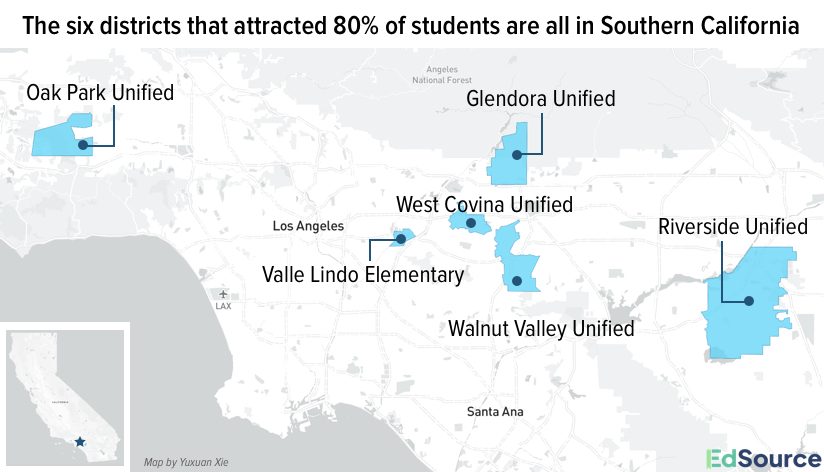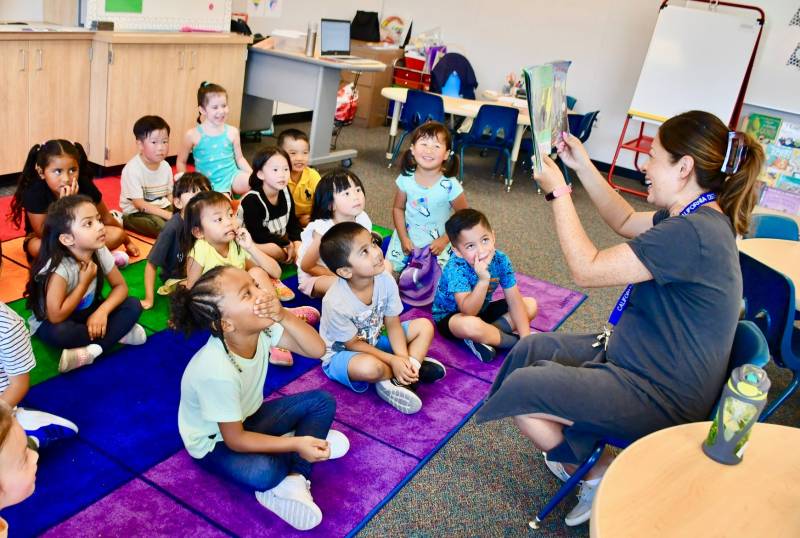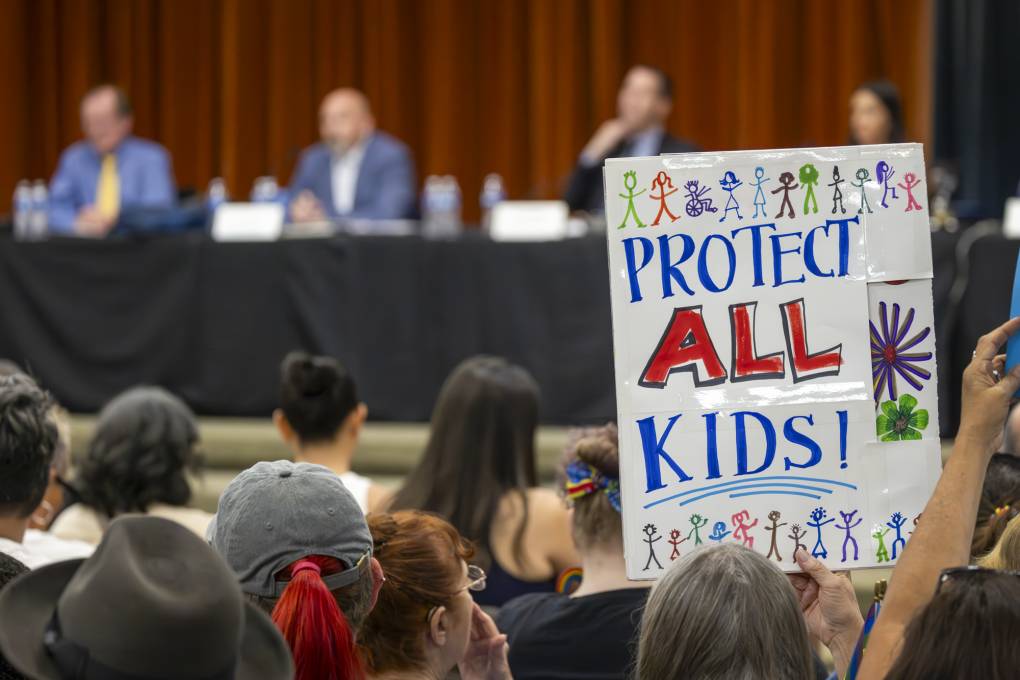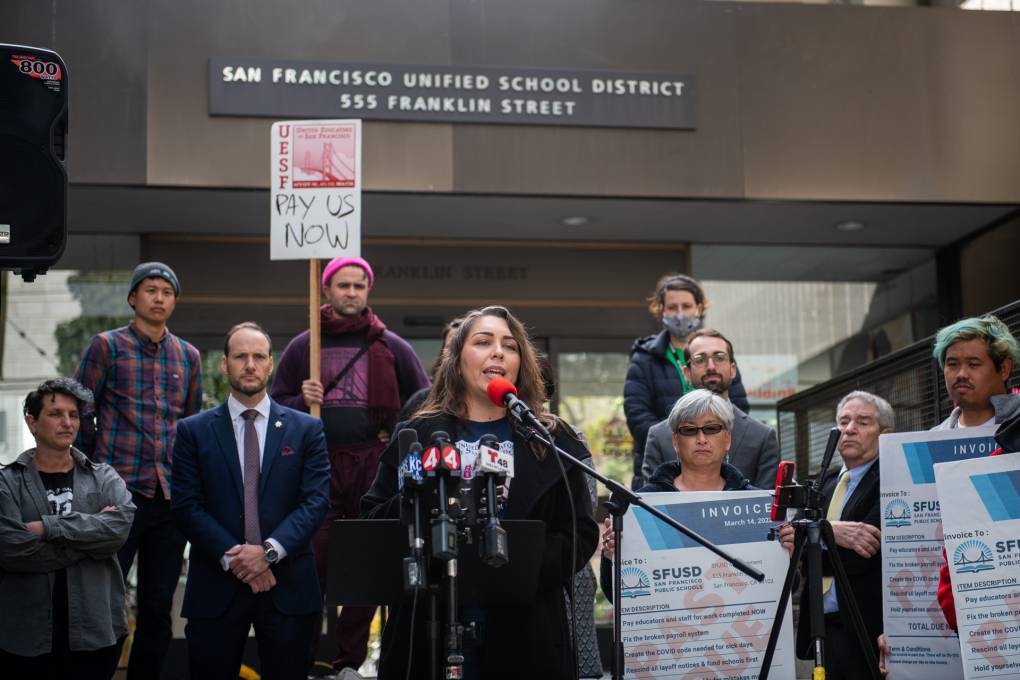An underused, little-known public school choice program allowing students to enroll in other districts that open their borders has been reauthorized six times in the past 30 years. Under a bill winding its way through the Legislature, it would become permanent with revised rules.
Under the District of Choice program, districts announce how many seats they make available to nonresident students by the fall of the preceding year, and parents must apply by Jan. 1. By statute, enrollment is open to any family that applies, without restrictions — and with a lottery if applications are oversubscribed. The program bans considering academic or athletic ability or, if an applicant is a student with special needs, the cost of educating a student.
“This bill is a crucial step towards creating a more inclusive and equitable public education system — one where all students have the opportunity to grow and thrive,” said Sen. Josh Newman (D-Fullerton), the author of Senate Bill 897.
With enrollments dropping statewide — and projected to continue — districts could view District of Choice as a strategy to stem the decline and bolster revenue that new students would bring. But few districts have seized the option. At most, 50 districts out of nearly 1,000, mostly rural or suburban and small, have signed on.
That number, in turn, has restricted the openings for families; fewer than 10,000 students annually have transferred through the program — about 0.2% of California’s students, according to an evaluation of the program by the Legislative Analyst’s Office in 2021.
The list of districts for 2024–25 (DOC) will be 44, the same as this year. That is down from 47 districts in 2021–22 (DOC), when a total of 8,398 students transferred, according to the latest data available from the California Department of Education.

Of those, 2,574 students — 31% of the total — transferred to a single district, Walnut Valley Unified, a 14,000-student district in the San Gabriel Valley. The district includes the cities of Walnut and Diamond Bar and abuts Pomona Unified. Newman, who chairs the Senate Education Committee, represents Walnut Valley; his predecessor, Bob Huff (R-Diamond Bar), also championed the District of Choice and shepherded a previous five-year reauthorization.
Together with five other districts receiving the most students — Oak Park Unified, Glendora Unified, West Covina Unified, Valley Lindo Elementary School District, and Riverside Unified — the five received 82% of the students in the program statewide. Riverside, with 1,100 of its 42,000 students enrolled through District of Choice, is the only large district using the program.
Robert Taylor, Walnut Valley Unified’s superintendent, said the district had participated in the program for decades, believing that the district “should provide any child an opportunity regardless of special needs, socioeconomic status or street address. And that’s still today. We take every kid who wants to come.”



